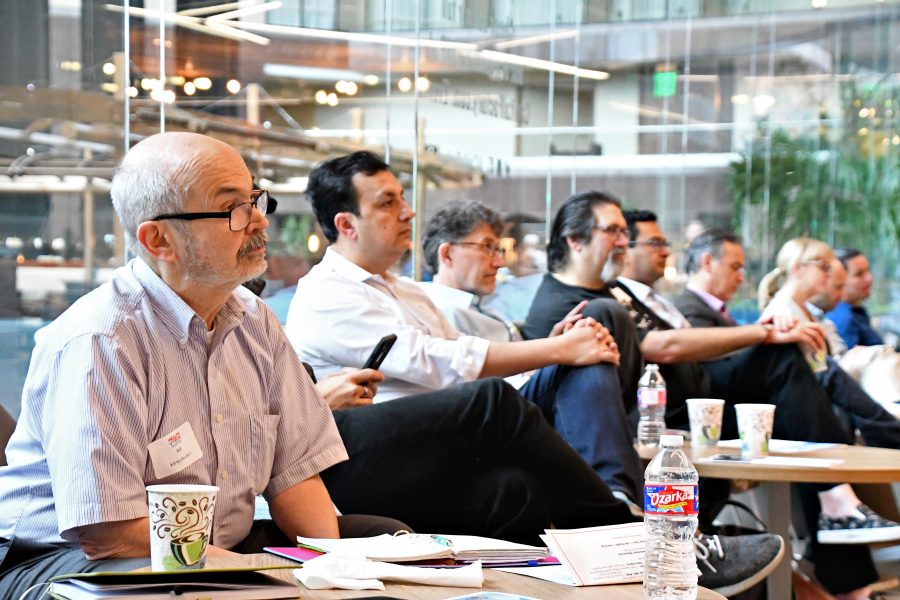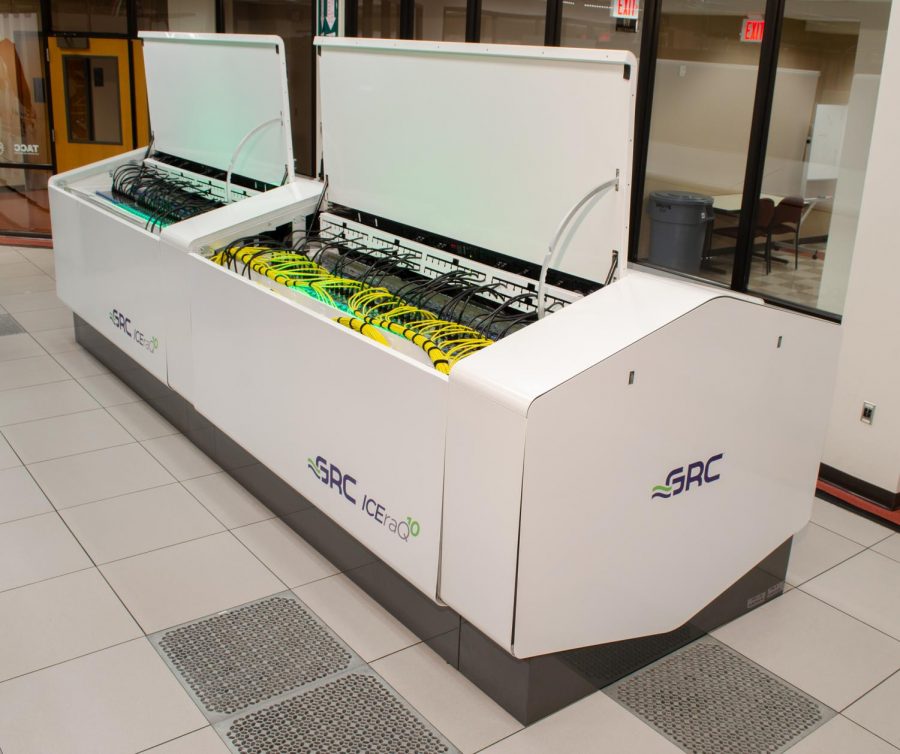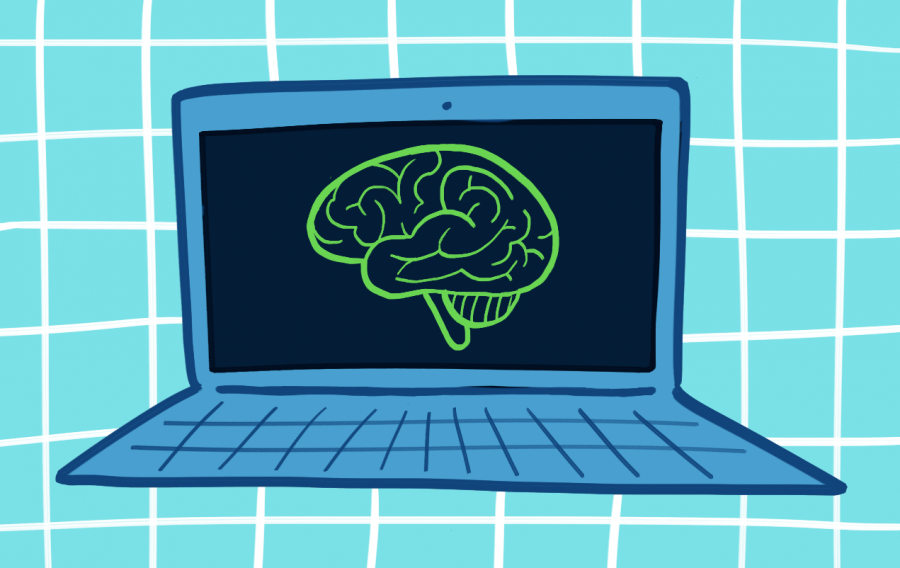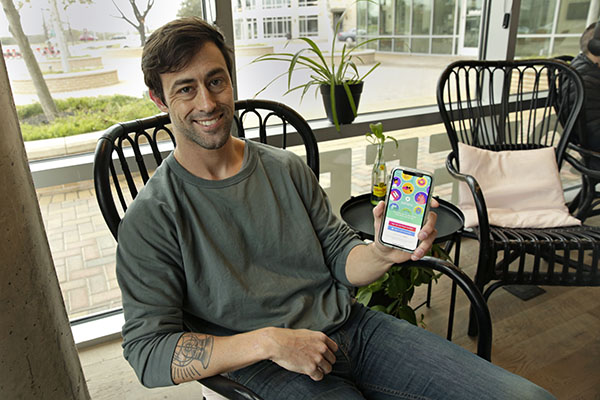Blockchain and bitcoin go together like peanut butter and jelly, but blockchain and healthcare are more like peanut butter and pickles. The technology has immense potential, but it should be approached with caution, said industry experts at The Blockchain Summit hosted by Health Tech Austin on Wednesday.
Blockchain is essentially what it sounds like — a network of records, or “blocks,” of transactions that are recorded both chronologically and publicly. It’s the technology that enables cryptocurrency transactions.
It’s also part of the new digitalization of the healthcare industry that started back in 2009 with the shift toward electronic health records.
“Traditionally, healthcare has been an industry that has adapted to technology in certain areas very quickly,” said Anjum Khurshid, director of data integration at Dell Medical School, at the summit.
Blockchain has extreme promise in healthcare with its portability of data, and even more importantly, in getting patients engaged in the process of health, according to Khurshid.
“Doctors and hospitals provide services, but it’s a partnership,” Khurshid said. “We’re trying to keep people healthy and that’s a two-way relationship. Information sharing becomes an extremely important part of this and that’s where digitalization comes in.”
Currently, data in the healthcare industry is siloed, said Aman Quadri, CEO of AMSYS Blockchain. Patients’ medical records are scattered throughout multiple hospitals and clinics, and the biggest hurdle at the moment is sharing this data.
“The more data that we are able to give to patients to understand what’s going on with them is vitally important for them to have buy in on their own health,” Quadri said.
Blockchain can facilitate data sharing between these various systems, allowing users access to all of their personal information. Yet data doesn’t have to just be accessible — it also has to be user-friendly.
“While I was in practice, it was amazing how most people only knew what was in their medical record was when they were having it moved somewhere else,” Quadri said. “And in the end, what happened was they would get all the medical jargon that was in there. Data is one thing, but to make it presentable is a different thing. That’s the user experience that we’re after.”
The key to digital transformation of data is to get it in front of both healthcare providers and patients so that they see the same thing, but from their own points of view, Quadri said. This is why organizations such as Dell Medical School’s Design Institute for Health are looking for ways to present data in a way that will allow patients and providers to interact better.
The medical school’s interest in blockchain stemmed from a desire to transform healthcare from what it currently is — an inefficient system spending money on static outcomes — to an efficient one where patients have complete access to their information and care, Khurshid said. Yet he knows from experience that it’s best to approach emerging technology like this with caution.
“Ten years ago, when we were encouraging everyone to adopt electronic health records, we had similar pitches (to the one we’re making now), where we were saying there would be complete interoperability and it would be so much more efficient,” Khurshid said. “And ten years down the road, there’s still questions about how much efficiency has been added and how much pain has been inflicted on those who have gone through that process of transformation.”
Ultimately, technology is only one part of the solution, because the delivery is just as important as the potential, Khurshid said.
“There are a lot of processes that have to be changed in order to reach this potential that we talk about,” Khurshid said. ”There’s a culture change that’s required.”
Blockchain certainly has potential to bring control back to the people, but it’s not without its problems, said Cesare Fracassi, an associate finance professor at UT. Fracassi organized the first McCombs Blockchain Conference last Friday, where business industry experts discussed possible applications of the technology in areas like supply chain.
“It’s a double-edged sword,” Fracassi said. “Yes, it’s safer, but there’s a lot (of) responsibility toward the end user.”
Fracassi called it a “potentially disruptive” technology, meaning it could be as transformative as the internet. Yet like any new technology, it might not work, and it’s important to distinguish the real from the hype.
So what’s the probability of it sticking?
“Economists think in percentages, not 1s and 0s,” Fracassi said. “And to give you a percentage, 25.”





















